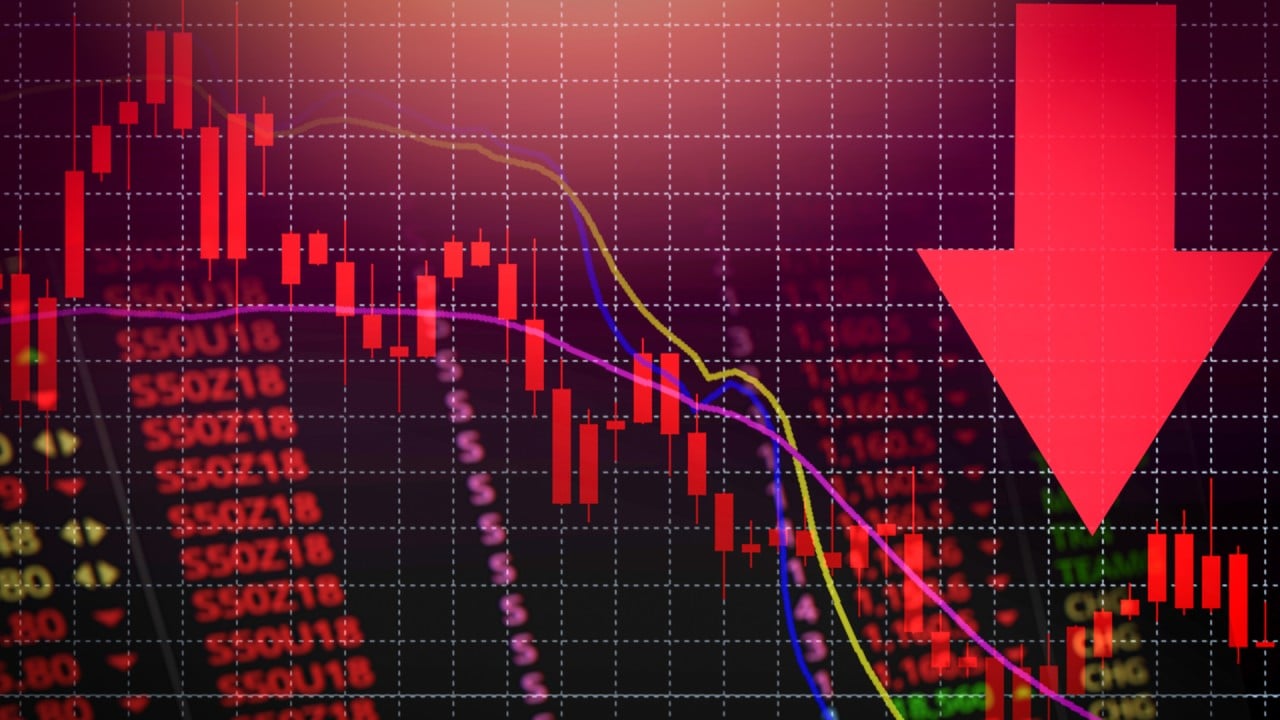
China’s stock market anomaly gets PBOC scholars’ attention with model to fix ‘irrational behaviour’
- Local shares cost about 35 per cent more at home than in Hong Kong in study of companies with cross-listings from 2002 and 2020
- People's Bank of China researchers say exchange-rate and stock market reforms can help price discovery, narrow A-share premium
Three central bank scholars have suggested some measures to tackle the “irrational herding behaviour” behind the prices of 142 constituents in the Hang Seng AH Premium Index. The premium reached an 11-year high of 49.4 per cent on October 15, before easing to 38.6 per cent on Thursday.
“[The] Chinese equity market still lacks investor rationality and a degree of financial openness,” said Zhang Xuechun, who is the deputy director of the People’s Bank of China’s research bureau, who co-authored a working paper with Xu Ruihui and Liu Xue published last week. Certain policy measures could enhance price discovery at home and narrow the gap further, they suggested.
These include, among others, enhancing the yuan’s exchange-rate flexibility and stabilising currency expectation, as well as improving market connectivity and financial market openness, they said. Developing long-term institutional investors to reduce speculative transactions may also help, they added.
Zhang did not immediately reply to an email from the Post seeking further comments on their report and findings.
“Empirical analysis … confirms that financial openness and market sentiment are important in determining AH premiums,” the People's Bank of China researchers said.
In the study, the PBOC researchers tracked companies with a history of stock trading at home, in the US and in Hong Kong from 2002 to June 2020. Nine pairs traded at 30 to 34 per cent above their prices in offshore markets, while the weighted average AH premium of 116 pairs was 35 per cent.
In the most extreme case of price gap, car parts maker Zhejiang Shibao’s shares last traded at 5.18 yuan (HK$6.06) in Shenzhen, 538 per cent pricier than its Hong Kong shares at HK$0.95. Drug maker Shanghai Fudan-Zhangjiang Bio-Pharmaceutical has the second-largest price difference, with its Shanghai-traded shares at 20.75 yuan (HK$24.29) compared to its H shares at HK$3.94.

04:36
Hong Kong stocks may remain volatile for months due to Covid-19 pandemic, says analyst Kenny Wen
The PBOC researchers cited “irrational cross-market herding behaviour” among the reasons for the anomaly that has persisted in the local stock market, which is celebrating its 30th anniversary this year. Not being fungible or interchangeable due to capital controls also contributed to the discrepancy.
Chinese companies face January 2022 comply-or-delist deadline under new US audit, disclosure recommendations
China’s onshore stock market still remains largely closed to global investors, despite reforms in recent years including the launch of the Stock Connect programme and an overhaul of the two inbound investment schemes.
The PBOC researchers said their model showed the most important factors that shaped the market anomaly include a stock’s dividend ratio, because capital gain taxes are smaller in the US and Hong Kong than in the mainland.
Difference in the sentiment between the onshore and offshore markets also played a key role, they added, as the mainland markets are dominated by less experienced retail investors while the Hong Kong market is more popular with institutional investors.
Given the deteriorating US-China ties and efforts to scrutinise Chinese accounting practices, the PBOC researchers said it would be valuable to explore the impacts of geopolitics on premiums of cross-listed shares, as more Chinese companies may be forced to shift from stock exchanges in the US to the Hong Kong exchange.
“In particular, if the pricing mechanism of cross-listed share can generate cross-market externalities, then the cross-listed shares may carry higher value than single-market listed shares,” they said. “This will make cross-listing a preferred option for many companies.”

